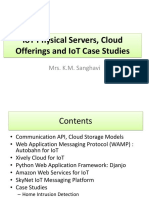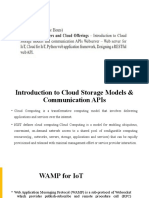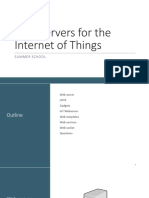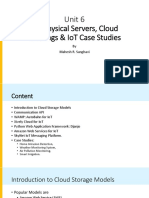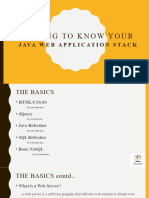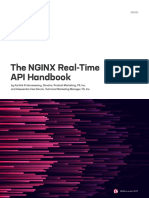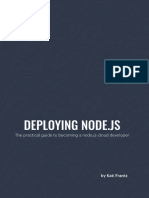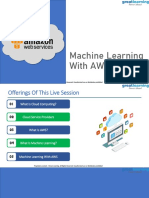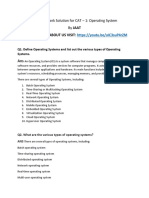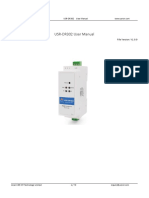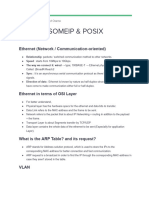0% found this document useful (0 votes)
122 views33 pagesIoT SaaS with Python for Developers
This document describes building a complete digital signage solution as a SaaS product using Python and IoT technologies. Key aspects include:
- A digital signage player built with a Raspberry Pi running a Python application
- A Django backend for content and device management
- An IoT hub built with Crossbar.io for communication between devices and backend
- Payment processing integrated with Stripe to enable subscriptions
Uploaded by
Davidson CaetanoCopyright
© © All Rights Reserved
We take content rights seriously. If you suspect this is your content, claim it here.
Available Formats
Download as PDF, TXT or read online on Scribd
0% found this document useful (0 votes)
122 views33 pagesIoT SaaS with Python for Developers
This document describes building a complete digital signage solution as a SaaS product using Python and IoT technologies. Key aspects include:
- A digital signage player built with a Raspberry Pi running a Python application
- A Django backend for content and device management
- An IoT hub built with Crossbar.io for communication between devices and backend
- Payment processing integrated with Stripe to enable subscriptions
Uploaded by
Davidson CaetanoCopyright
© © All Rights Reserved
We take content rights seriously. If you suspect this is your content, claim it here.
Available Formats
Download as PDF, TXT or read online on Scribd
/ 33


